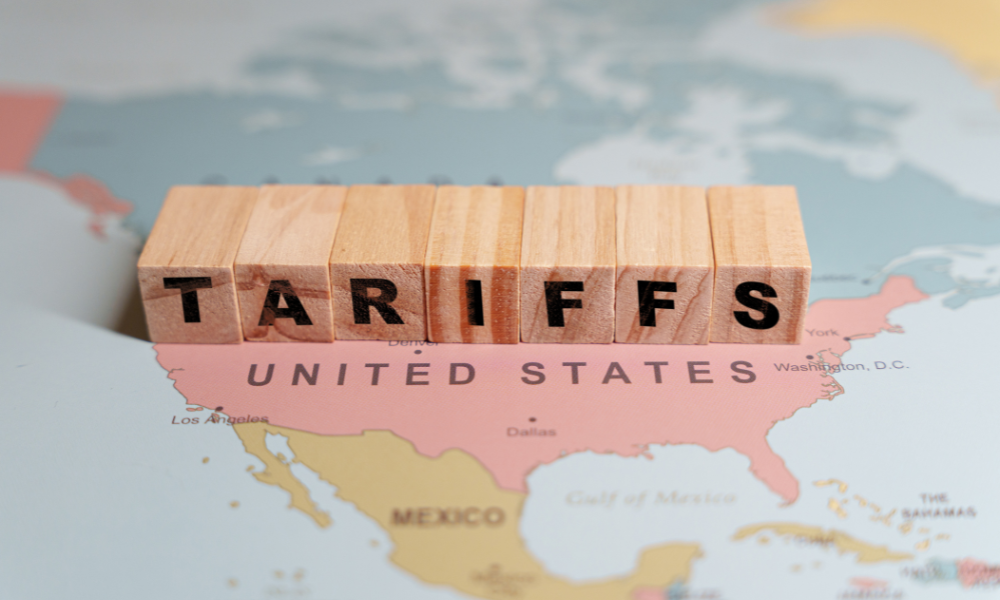Following OSFI ruling, today is the deadline for HISA ETFs to meet 100% liquidity rule, but even as ruling lowers yields, Horizons says HISA ETFs as here to stay

As of today, high interest savings account (HISA) ETFs will be held to a 100 per cent liquidity requirement. A ruling made on October 31st by the Office of the Superintendent of Financial Institutions (OSFI) takes effect today, shifting HISA ETFs liquidity requirements up from the roughly 40 per cent runoff rate that banks had previously maintained for HISA assets. What that means, for the end user, is that these extremely popular ETFs will come with a lower yield.
Rather than a death knell for the category, Horizons ETFs sees the new liquidity requirement as a confirmation of the viability of these products. They’re so confident that they’ve launched a new HISA ETF, the Horizons USD High Interest Savings ETF (UCSH.U), which trades and pays its distributions in US dollars. As of January 25, 2024 UCHS.U had a gross yield of 5.28 per cent.
“HISA ETFs are here to stay. They have been one of the most popular ETF strategies of the last few years, including through the last months of 2023. The OSFI ruling provided regulatory clarity on these ETFs and confirmed their ongoing viability,” says Rohit Mehta, President & CEO of Horizons ETFs. “In 2023, the Money Market fixed income category saw more than $9.3 billion dollars of in-flows, most of which were to HISA ETFs. That’s nearly 25% of all flows last year. There is still so much demand from investors and advisors alike for products, like UCSH.U.”
Horizons’ view is that the OSFI ruling has ensured the “viability” of HISA ETFs by clarifying the liquidity regime under which they can exist in the long-term. By ensuring the banks maintain a 100% liquidity rate, Horizons believes that OSFI has made the HISA ETF category safer.
The trade-off for that safety was removing one of the banks’ primary advantages: the ability to loan out some of the deposited money. As a result, yields on HISA ETFs have fallen by between 35 and 45 basis points since the OSFI ruling was made. Naseem Husain, senior VP and ETF strategist at Horizons ETFs, notes that the yields on these products may come down a little more as we hit the OSFI deadline but says the adjustment process is now largely complete.
Husain and Mehta both noted, however, that even at slightly lower yields the return still available to investors from these ETFs, combined with their buttressed security following the OSFI ruling, makes HISA products extremely popular.
“In the last 12 months, we were taking in over $200 million in new assets into the cash ETF. People are seeing it as an incredible source of performance…The yields are a really great return for a lot of investors who don’t want to see their assets go down,” Husain says.
Husain highlights that when these products were first launched, with yields below 3 per cent, they still attracted assets at a rate of almost $180 million per month. While the rates have lowered somewhat from the highs they hit pre-OSFI, they remain above those initial rates available at launch.
Read more: Horizons' CEO on $30bn milestone, future prospects | Wealth Professional
Given their belief in HISA ETFs as a viable option for investors going forward, Mehta explained that a USD HISA ETF was the next logical step. Canadians tend to hold a significant portion of US dollars. Many Canadians have cross-border businesses or spend long periods of time in the US. UCSH.U, Mehta says, is built to serve those Canadians. He thinks that advisors can use it as another tool in their kit to meet the needs of cross-border clients.
“I think UCSH.U, as well as other HISA ETFs, are tools with many advantages for advisors. Many advisors will keep a portion of their clients’ portfolios in cash holdings. Not only do HISA ETFs offer a way to earn greater yields on that cash position but they also make client portfolio statements cleaner and easier to manage,” Mehta says. “For us, this was a matter of building out our suite of HISA ETF offerings. Our CASH ETF has been immensely popular for Canadian dollar accounts and we felt that we could also serve Canadians that had U.S. cash reserves as well.”



